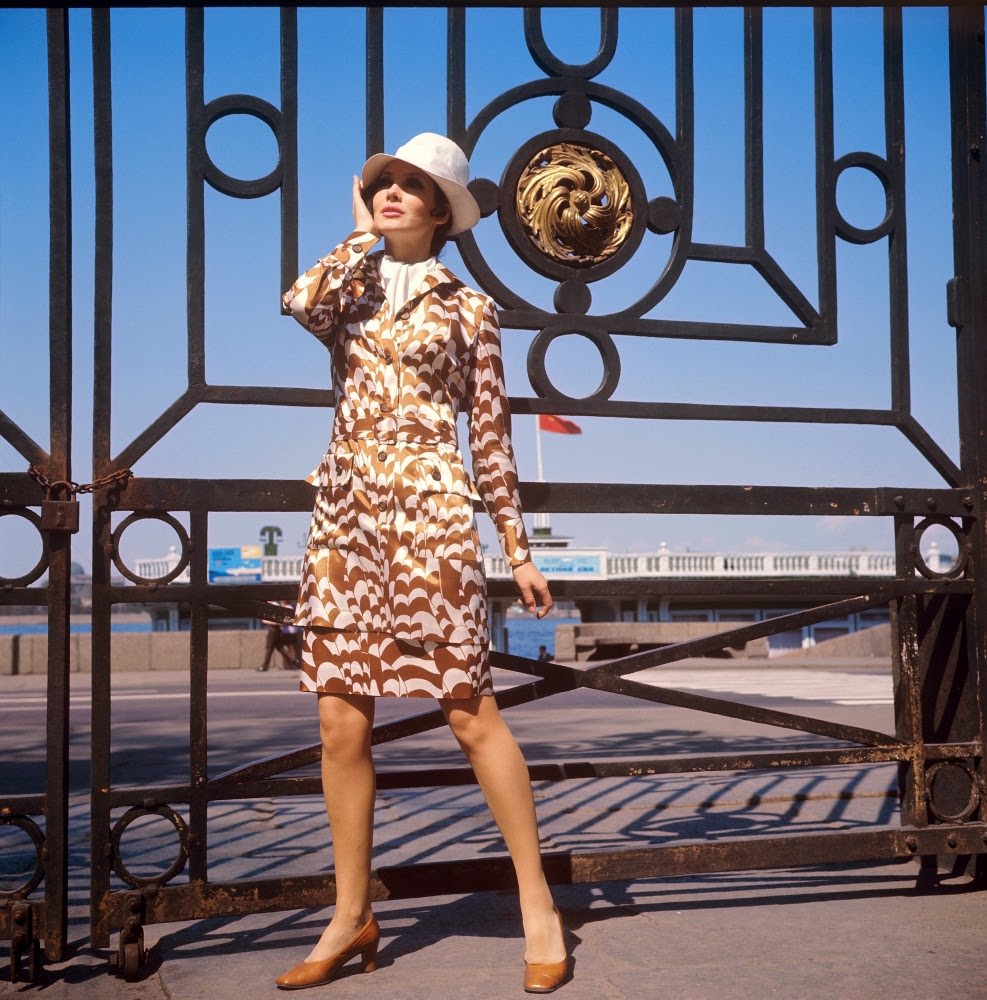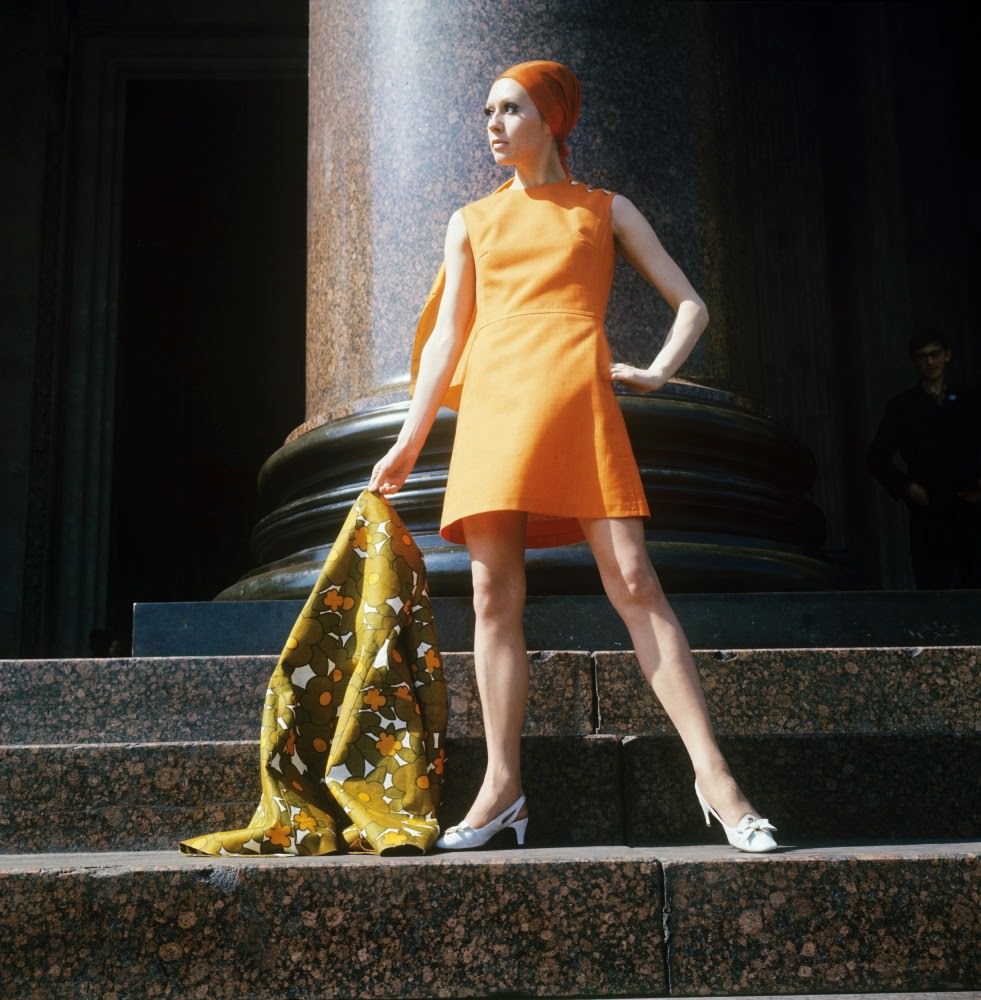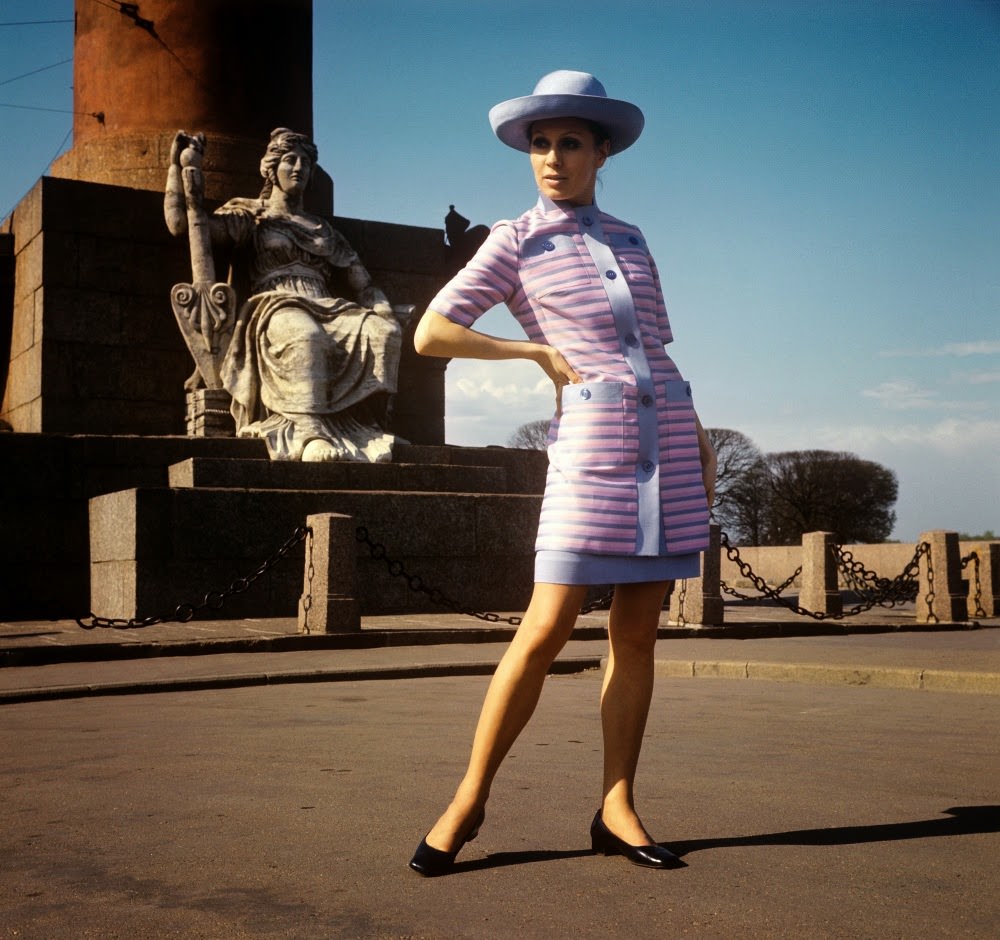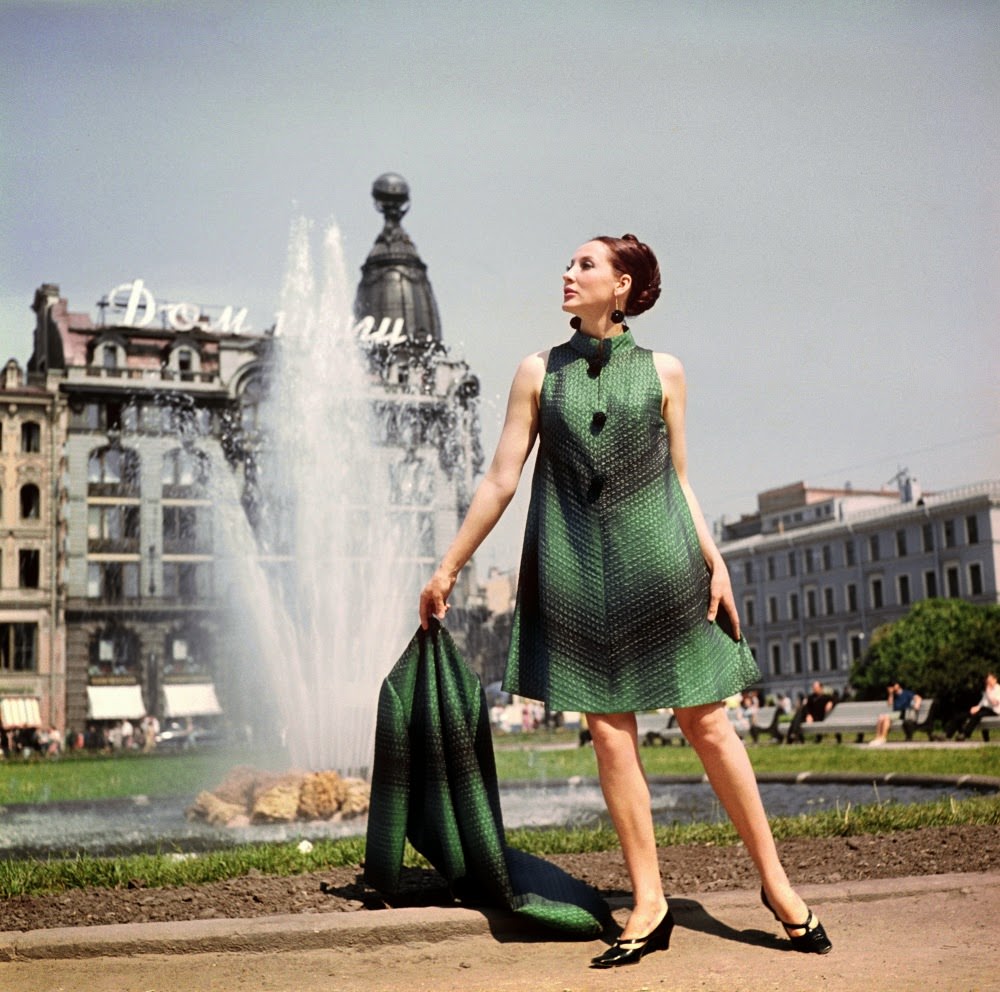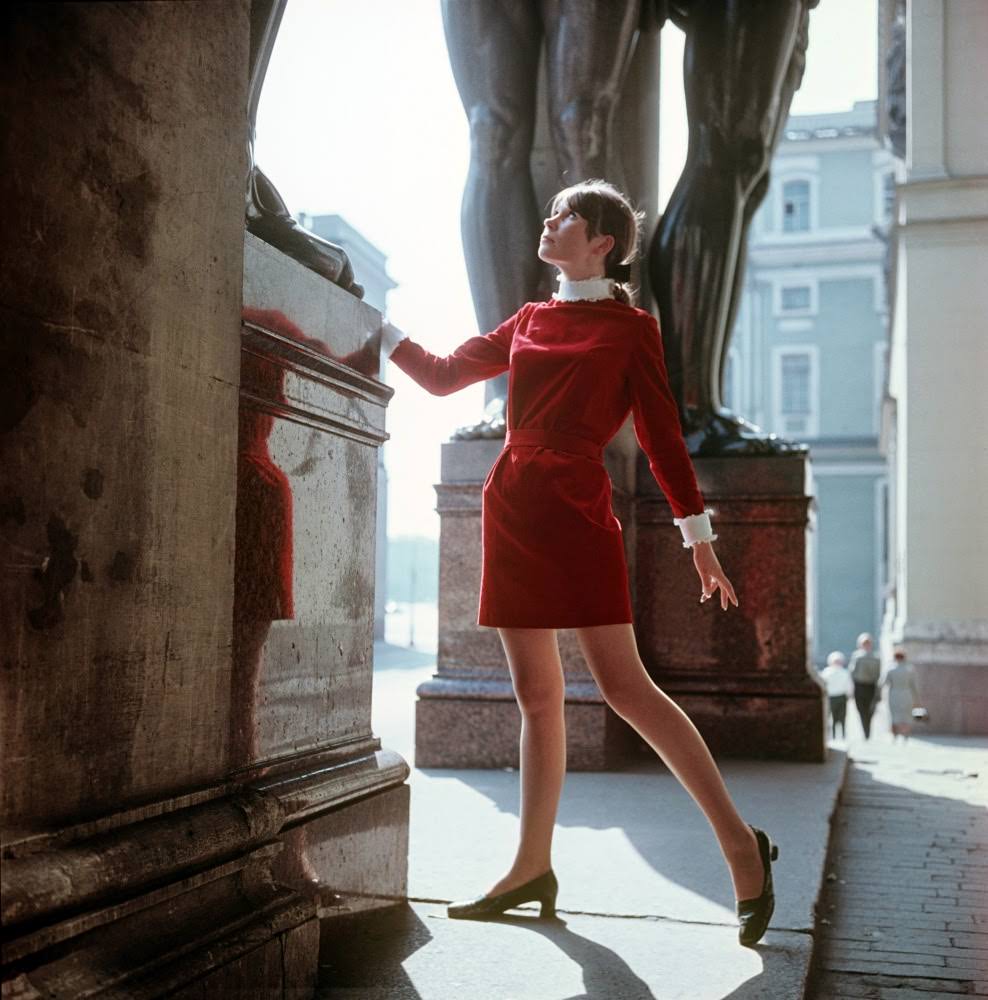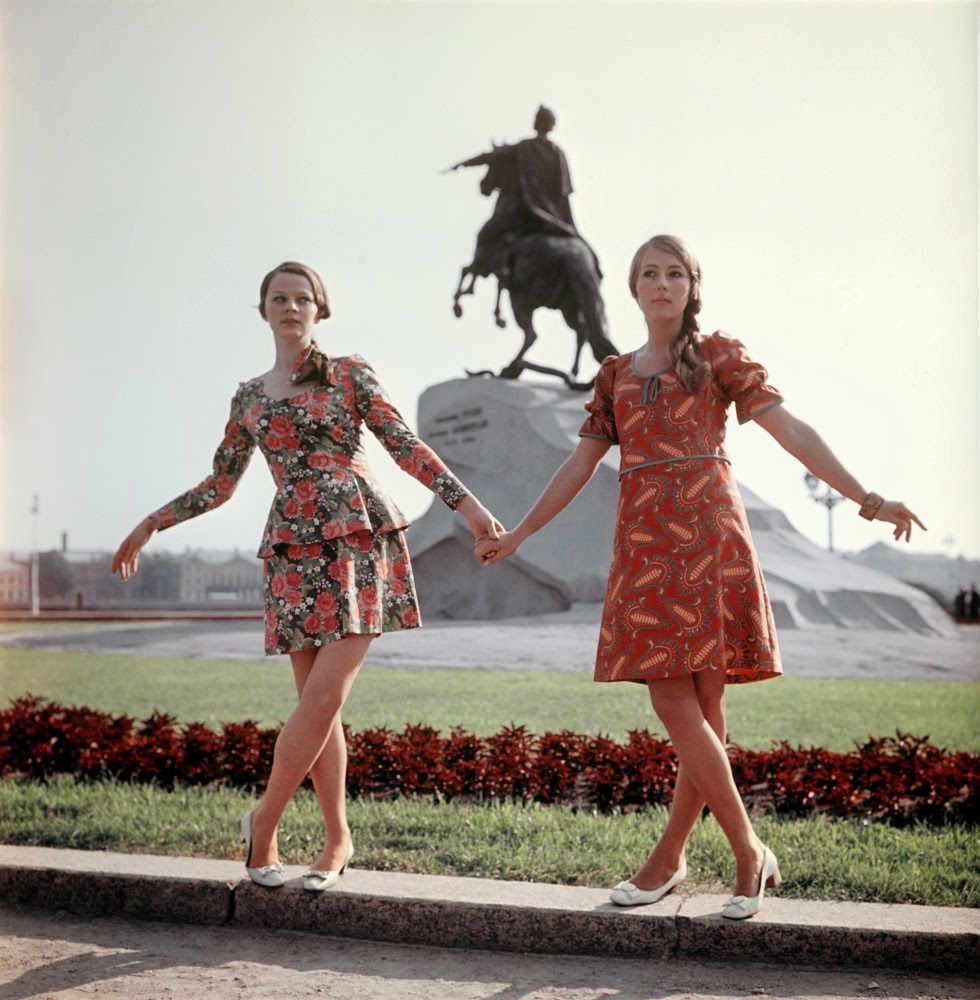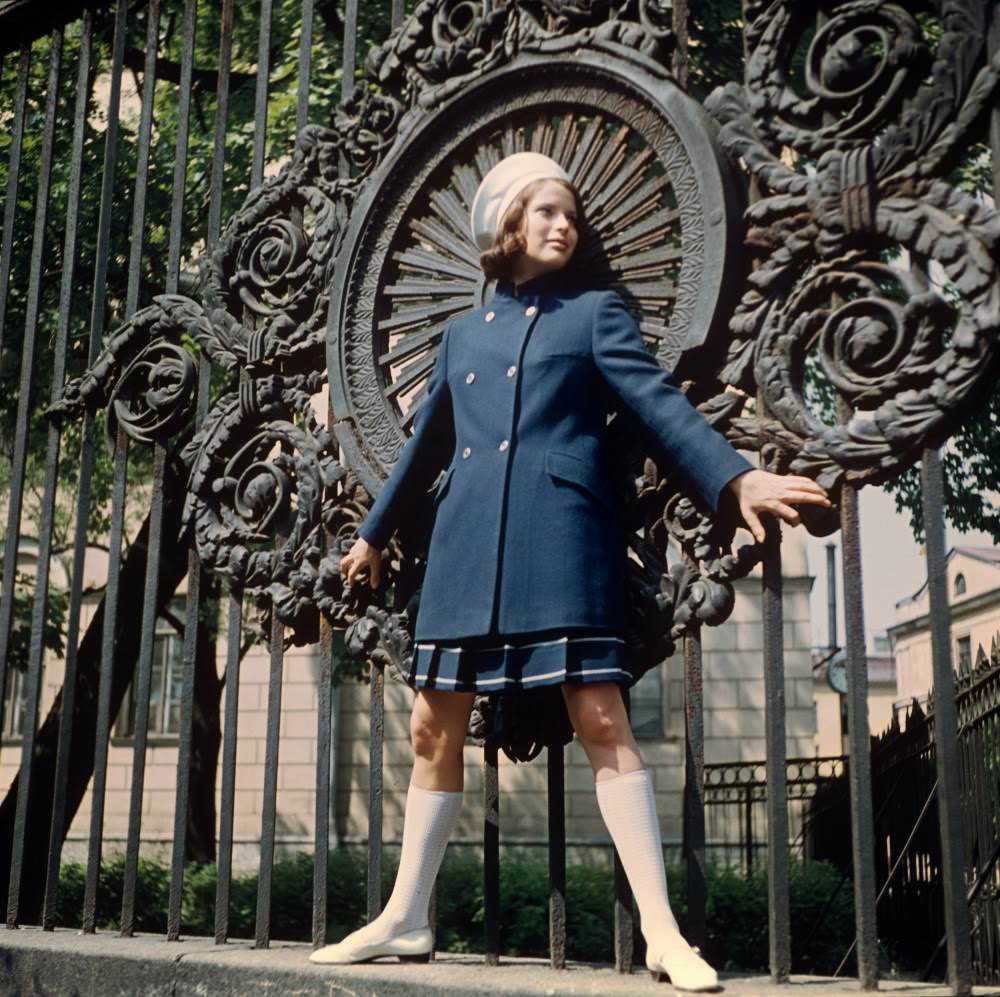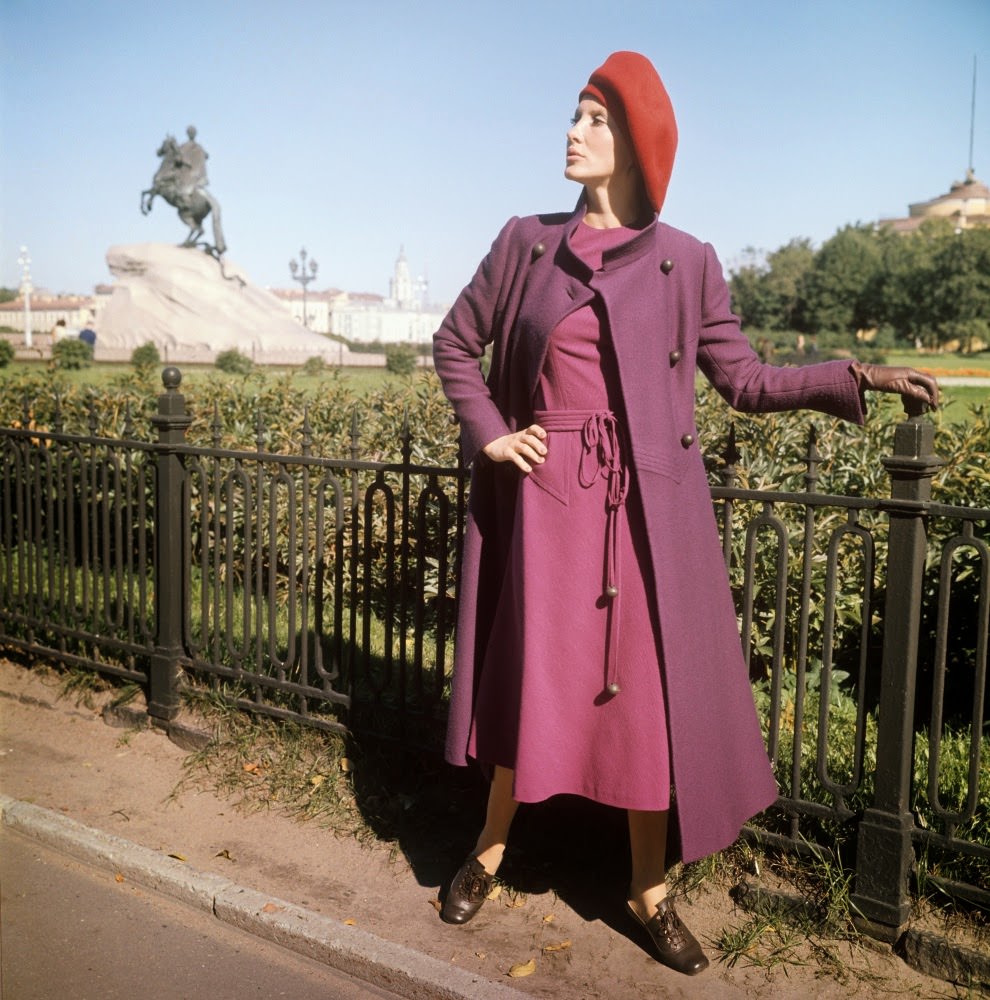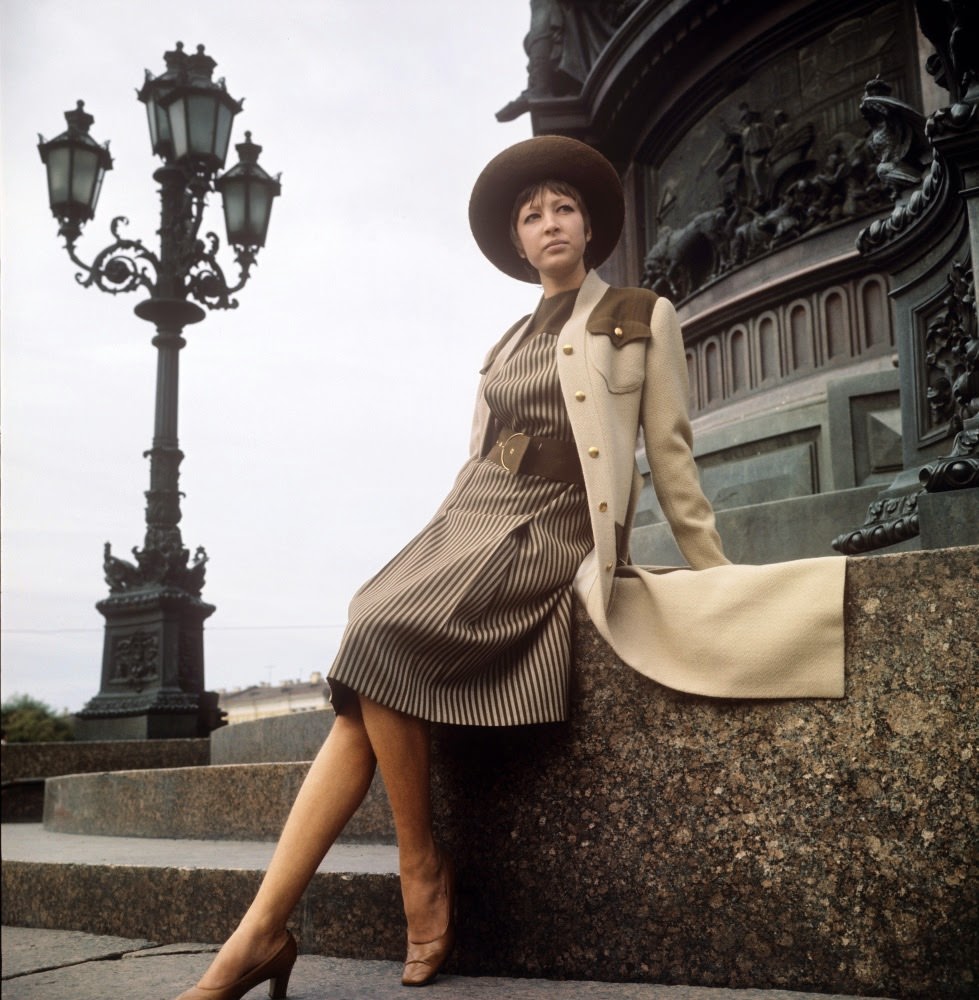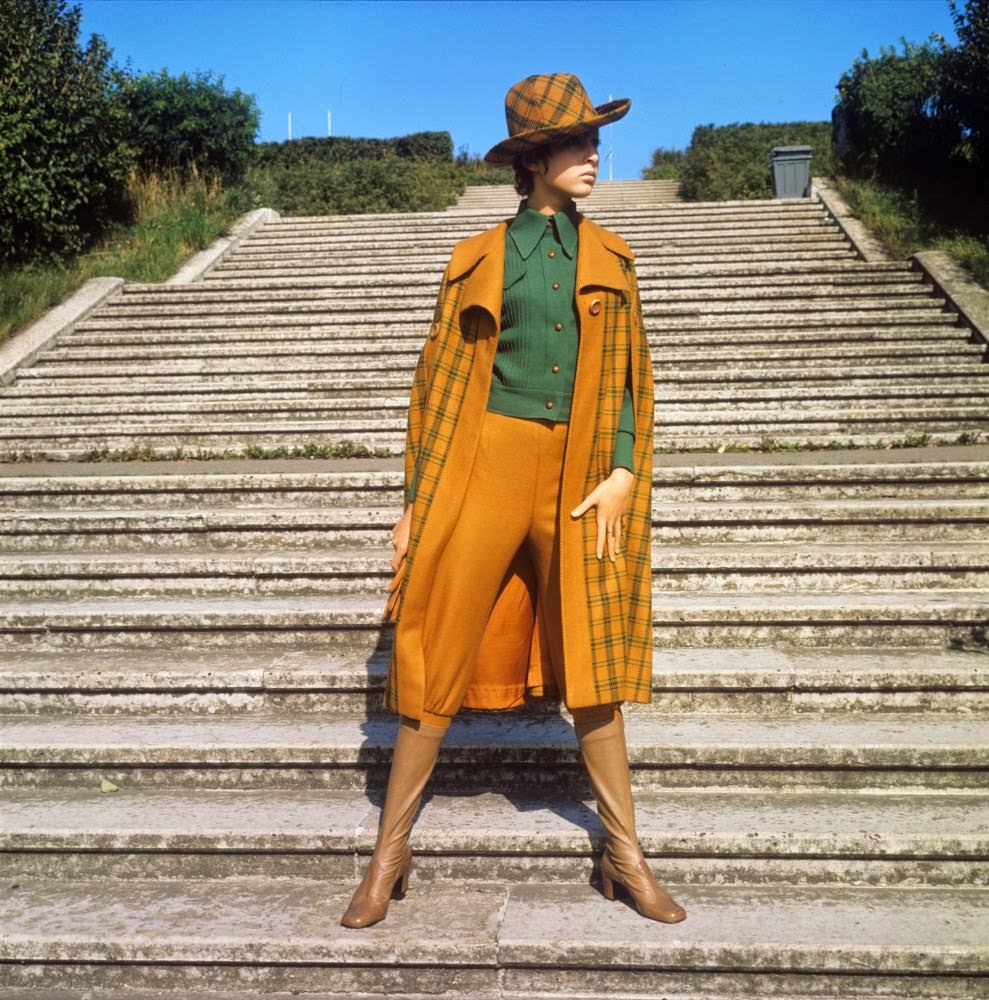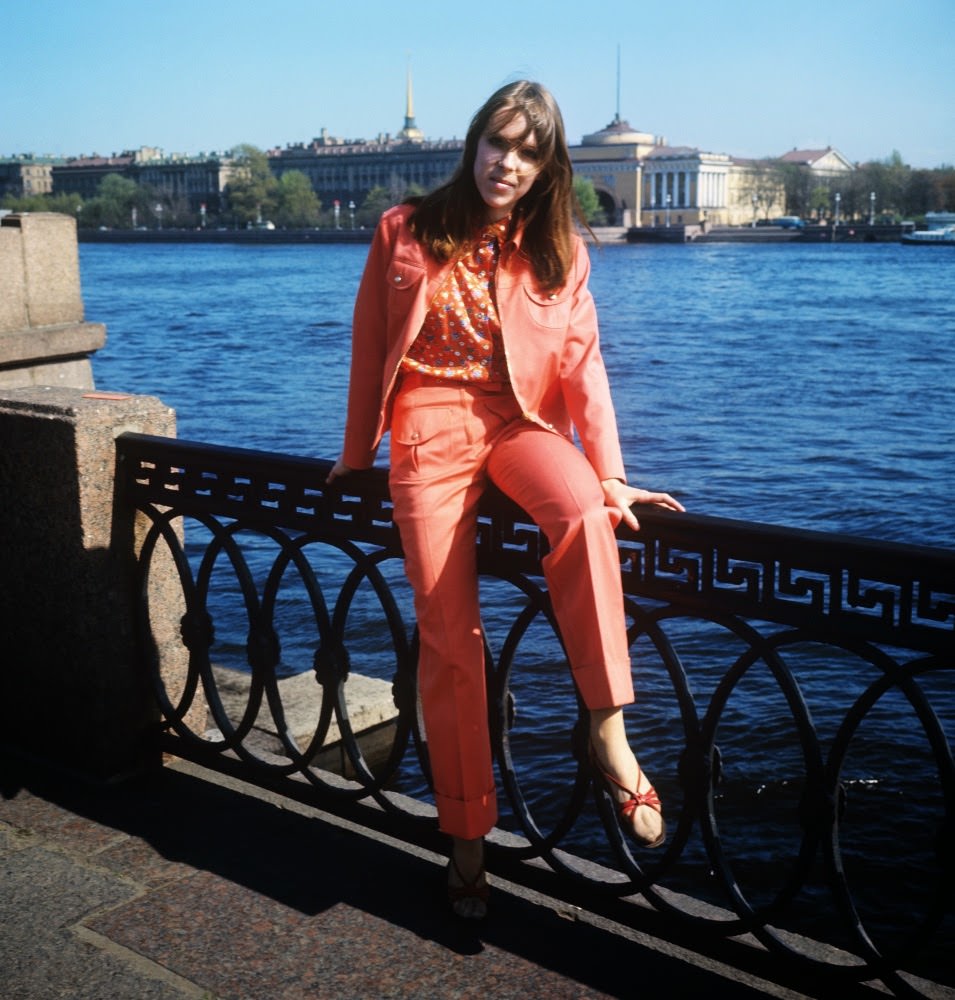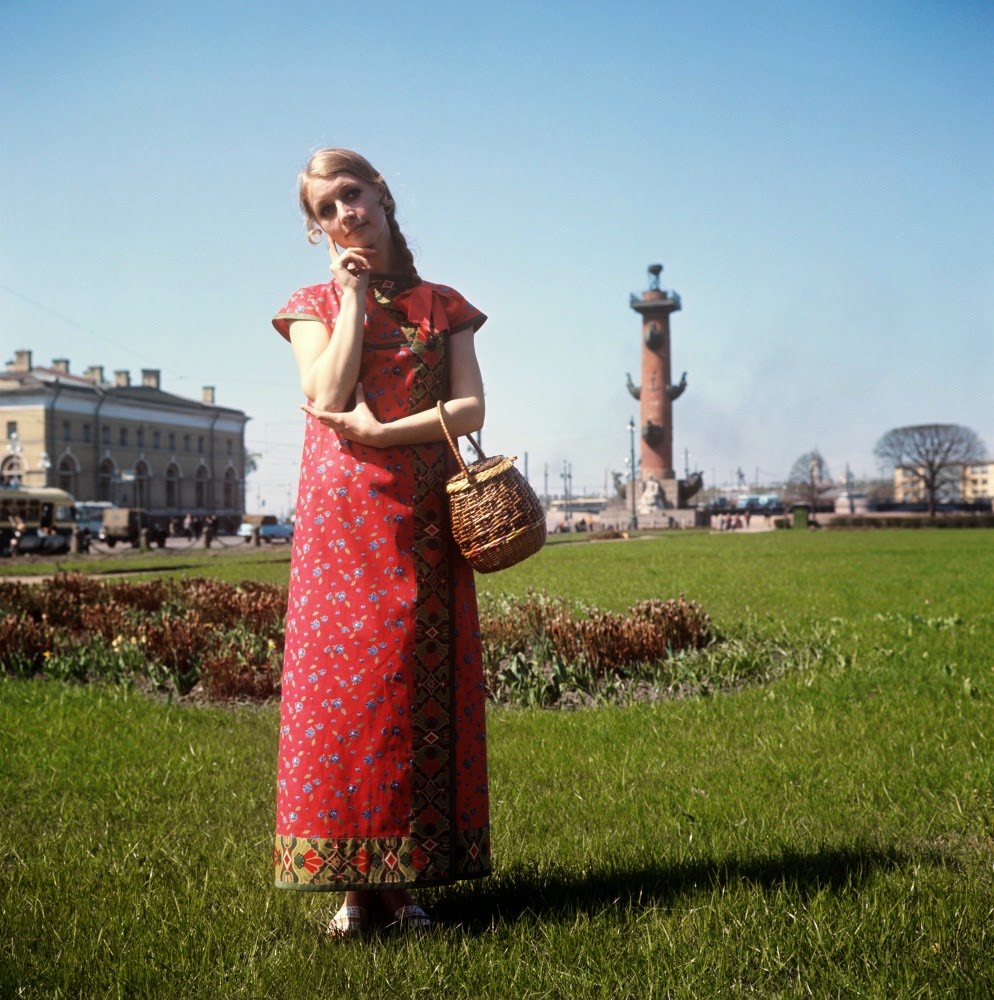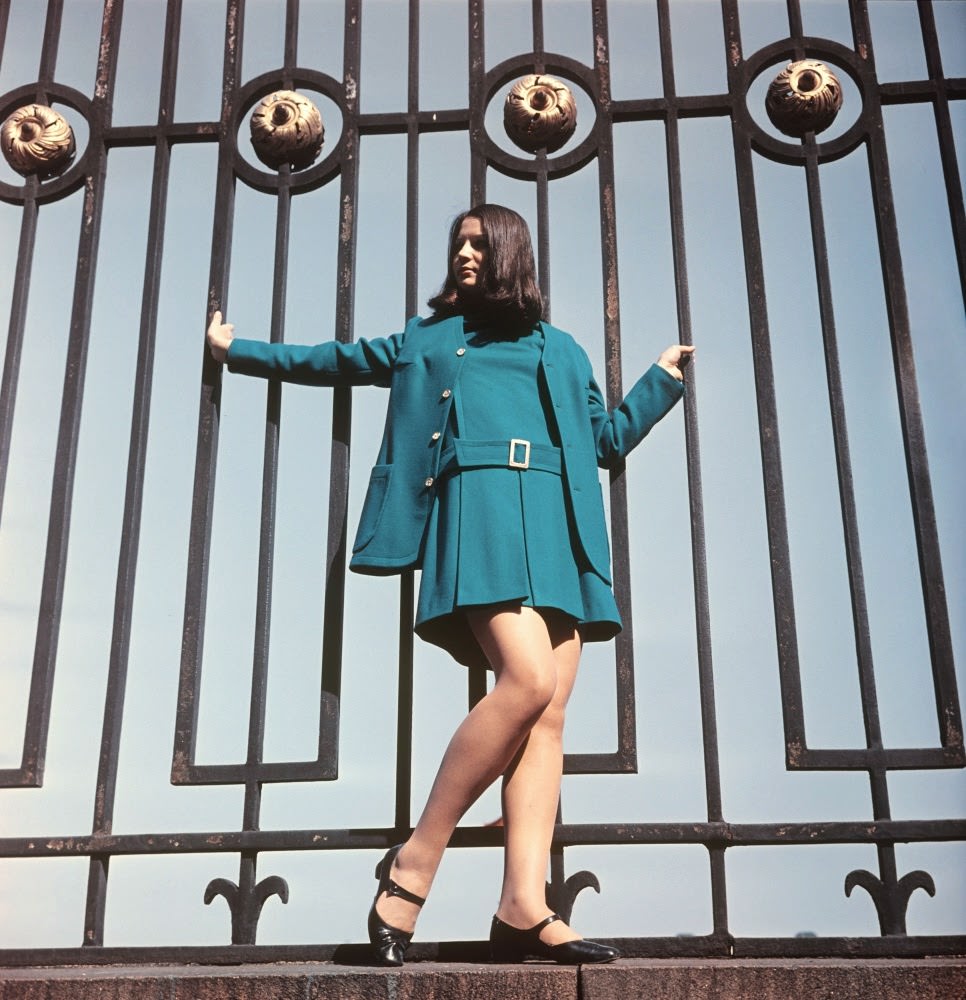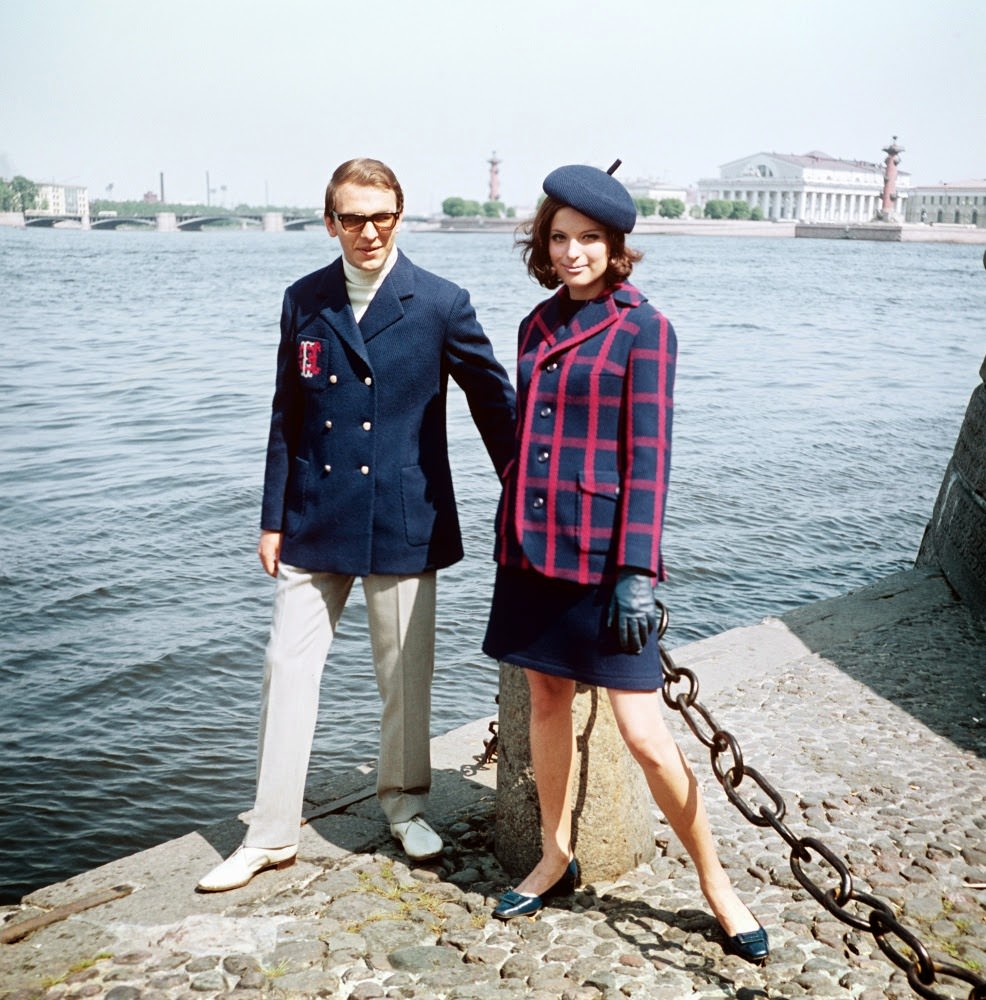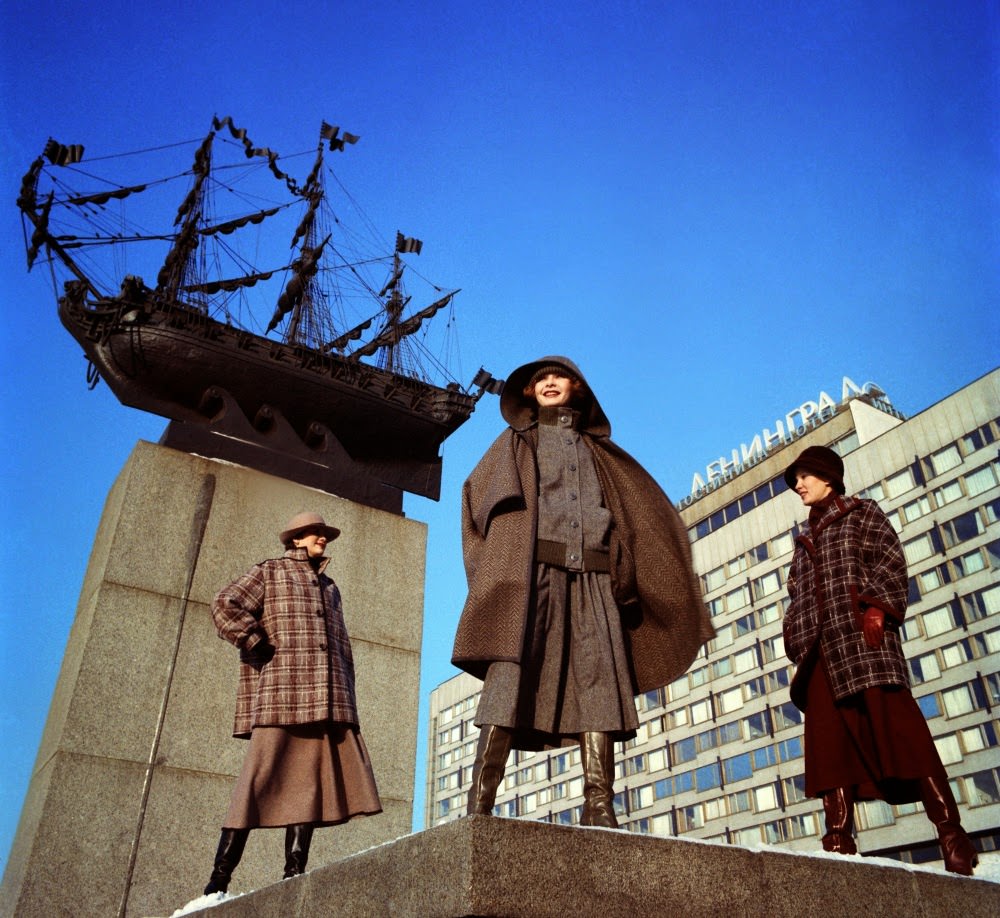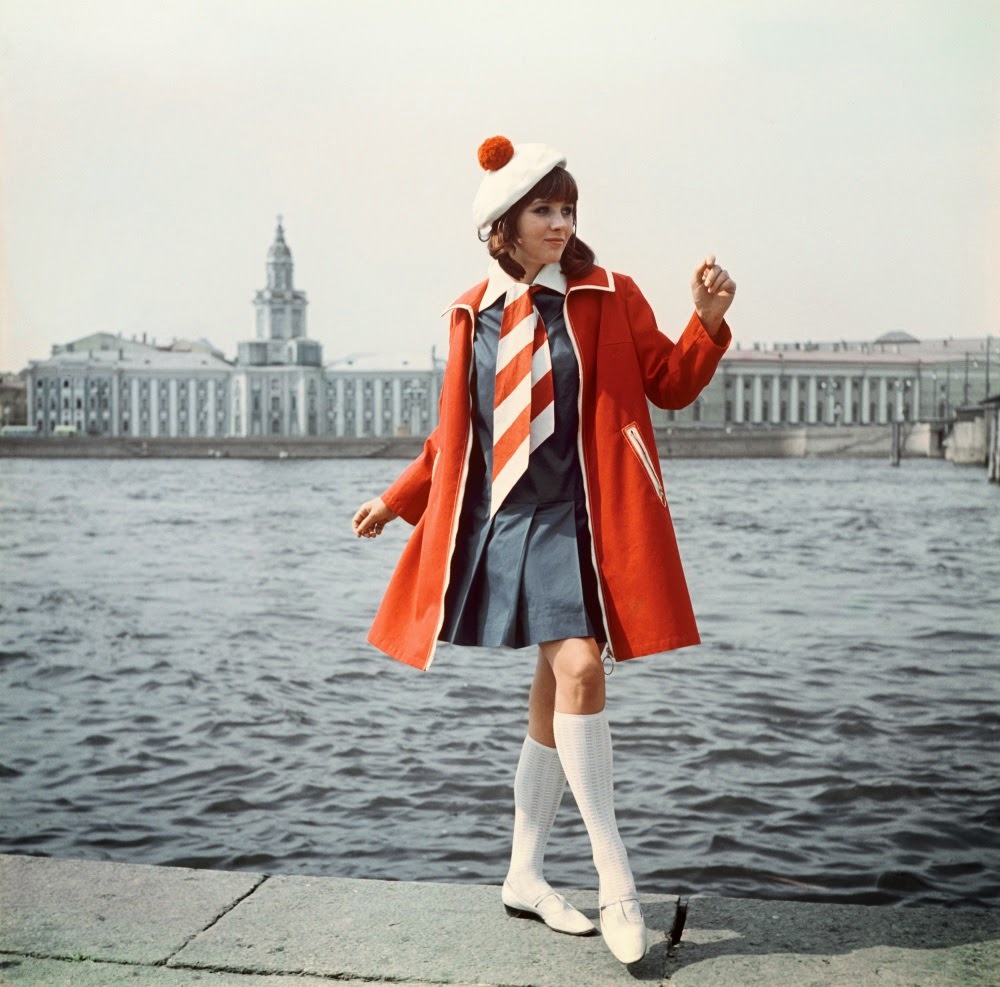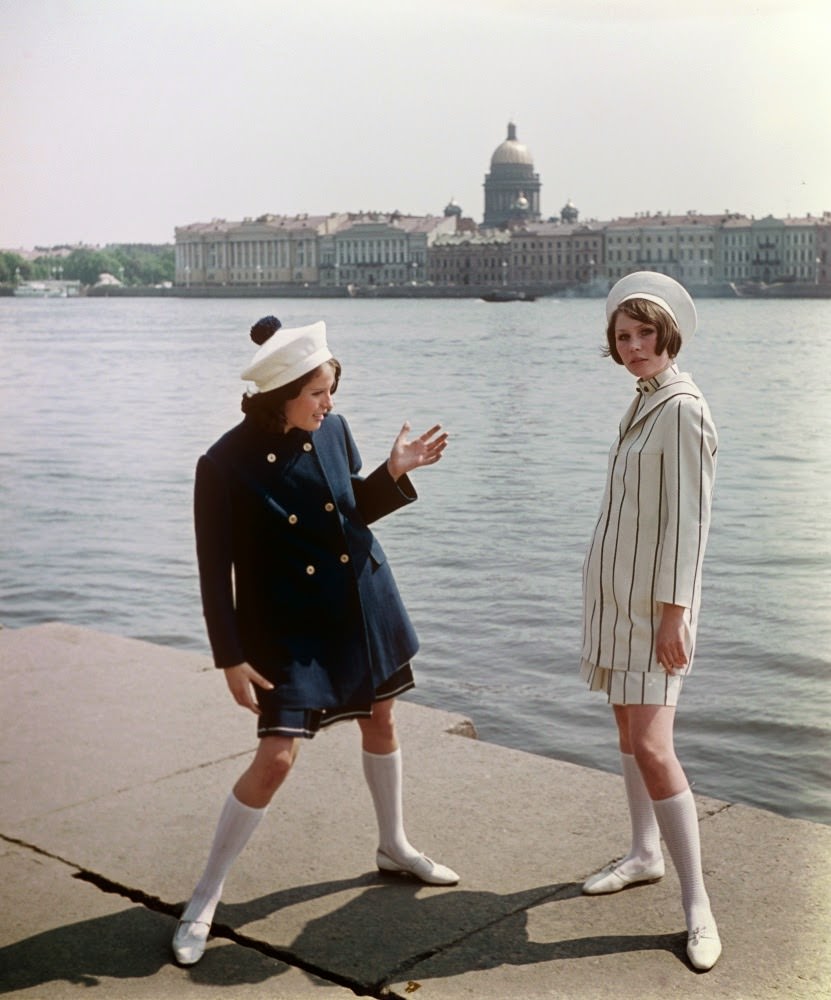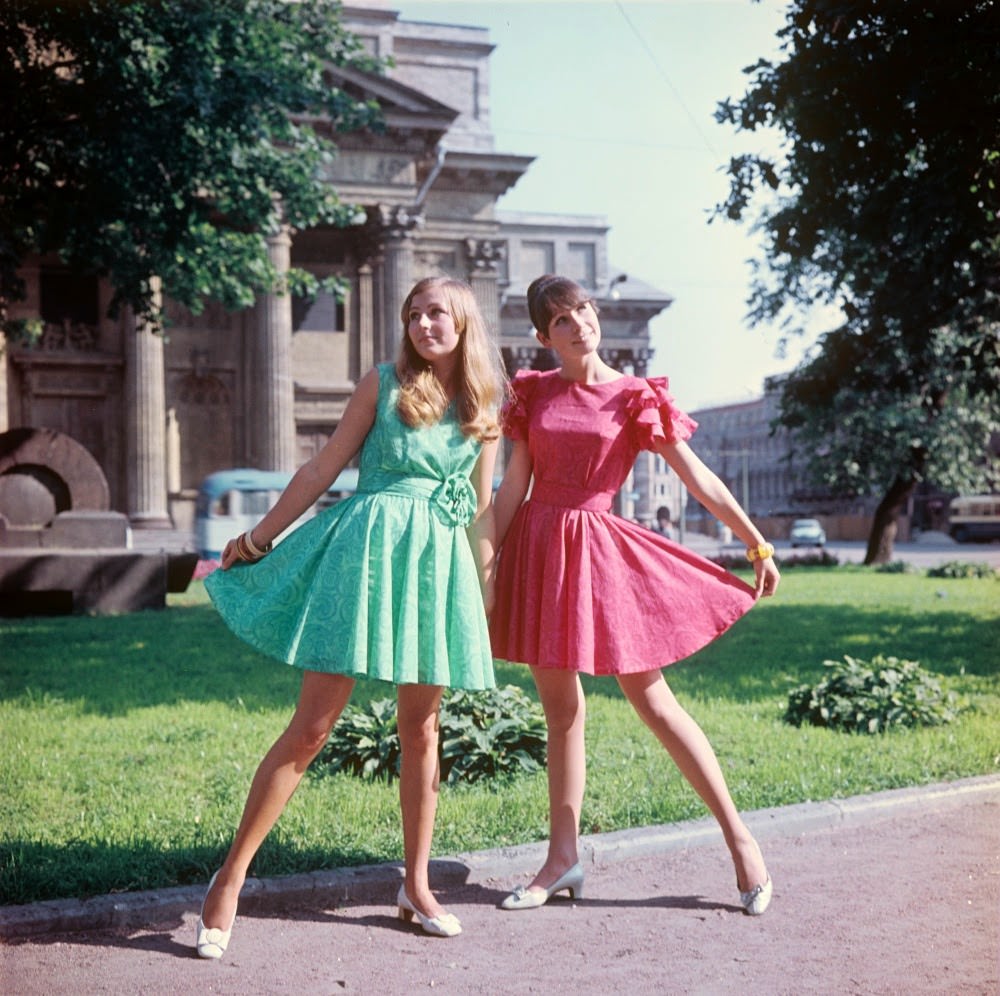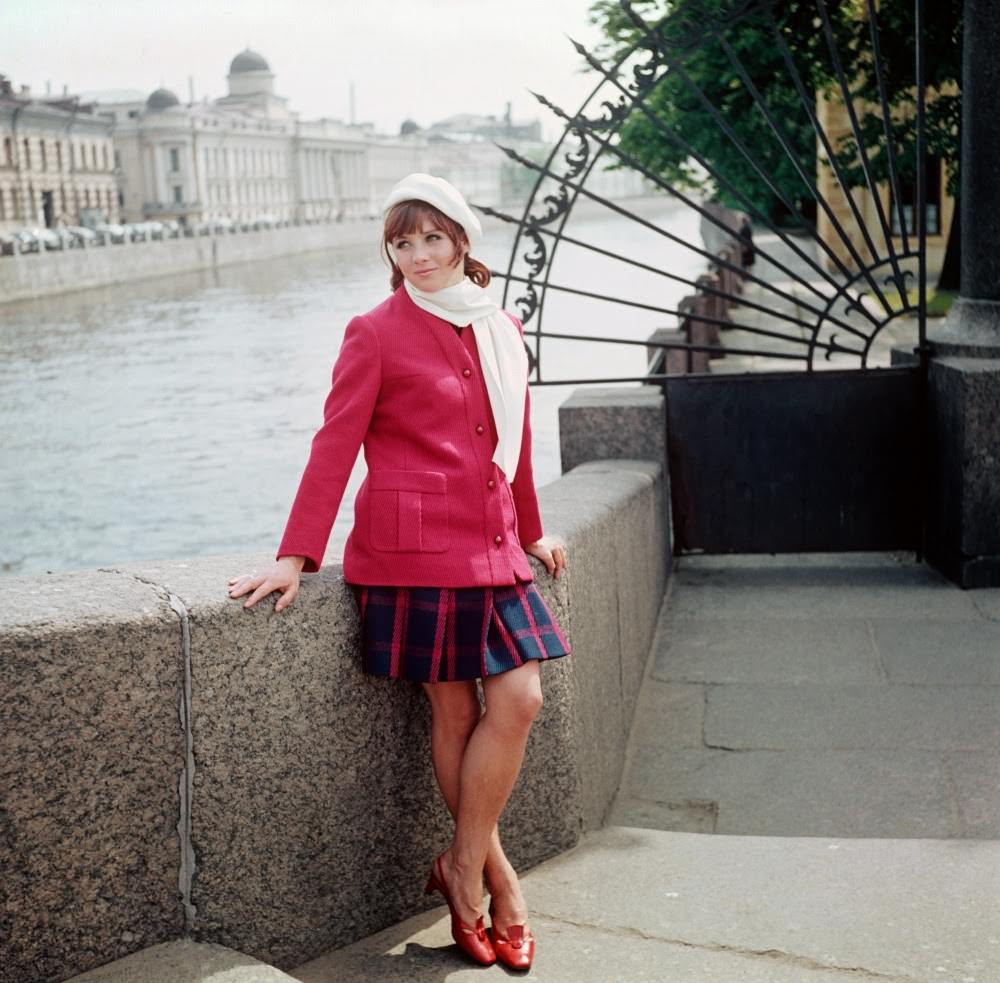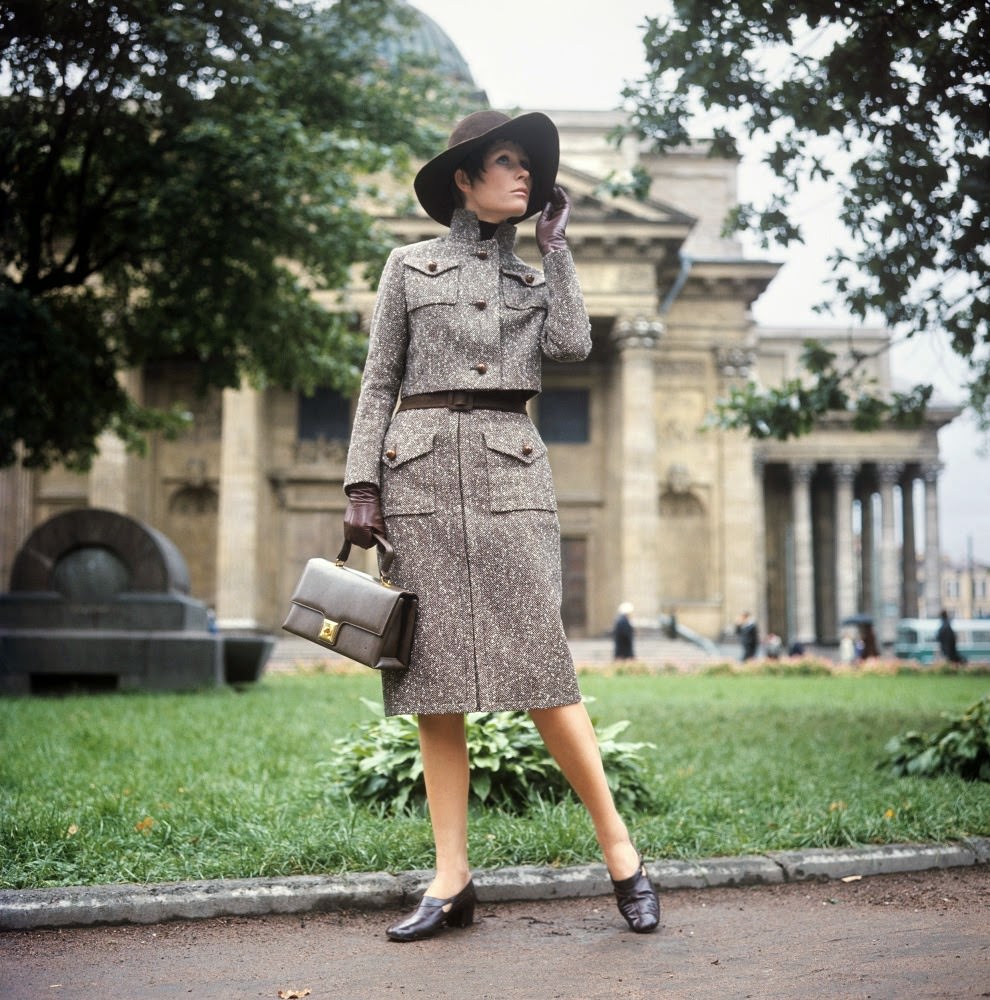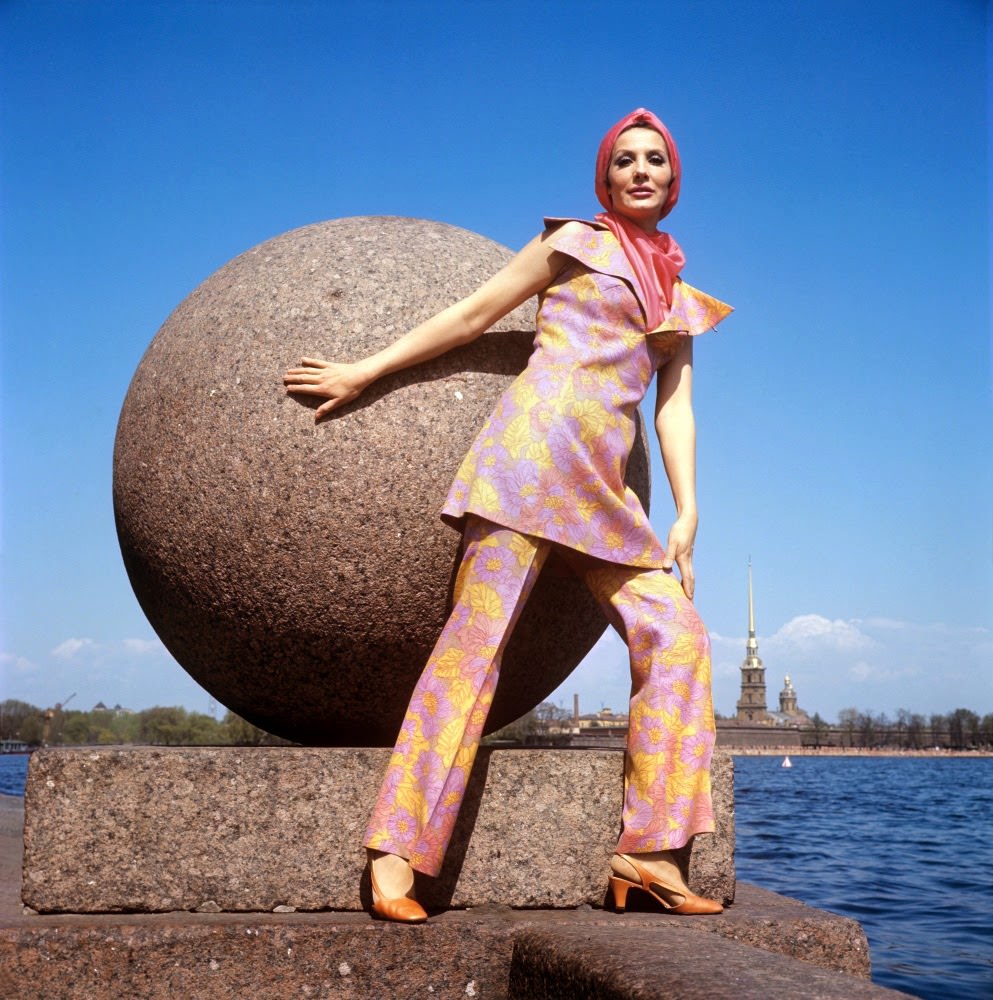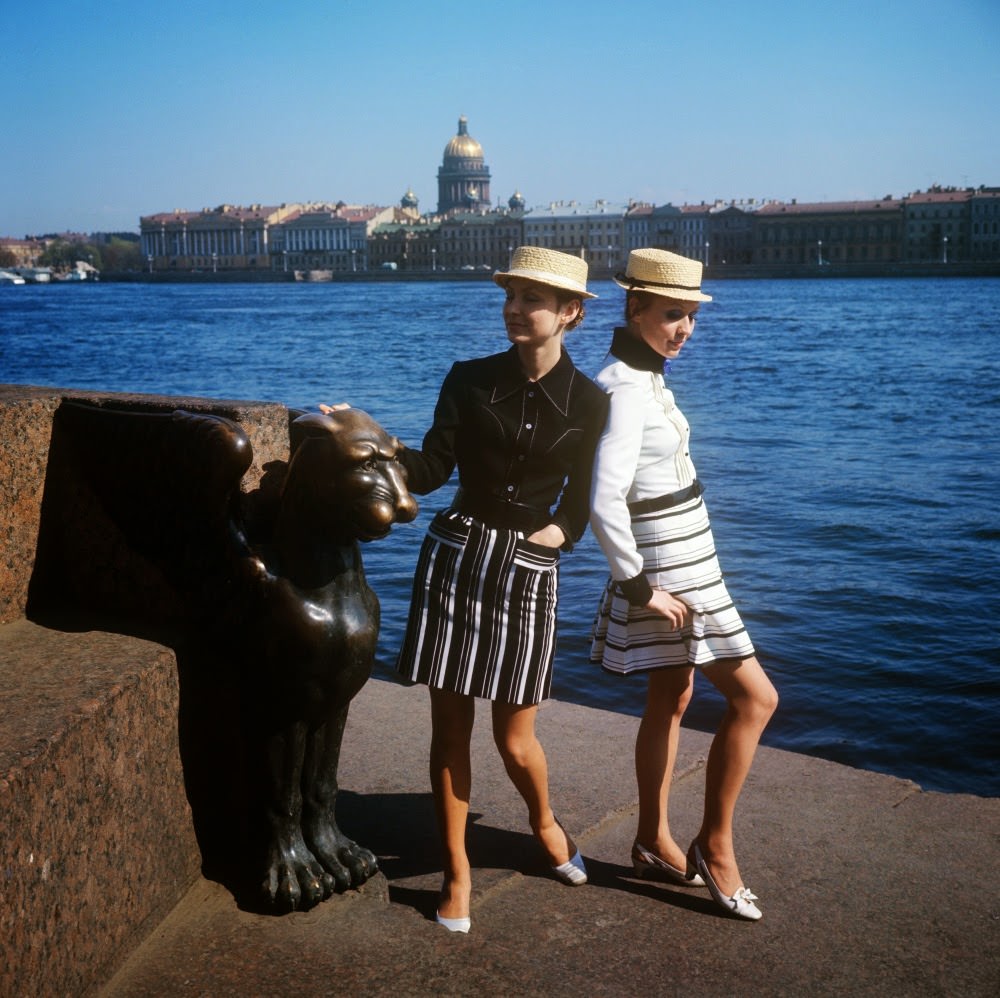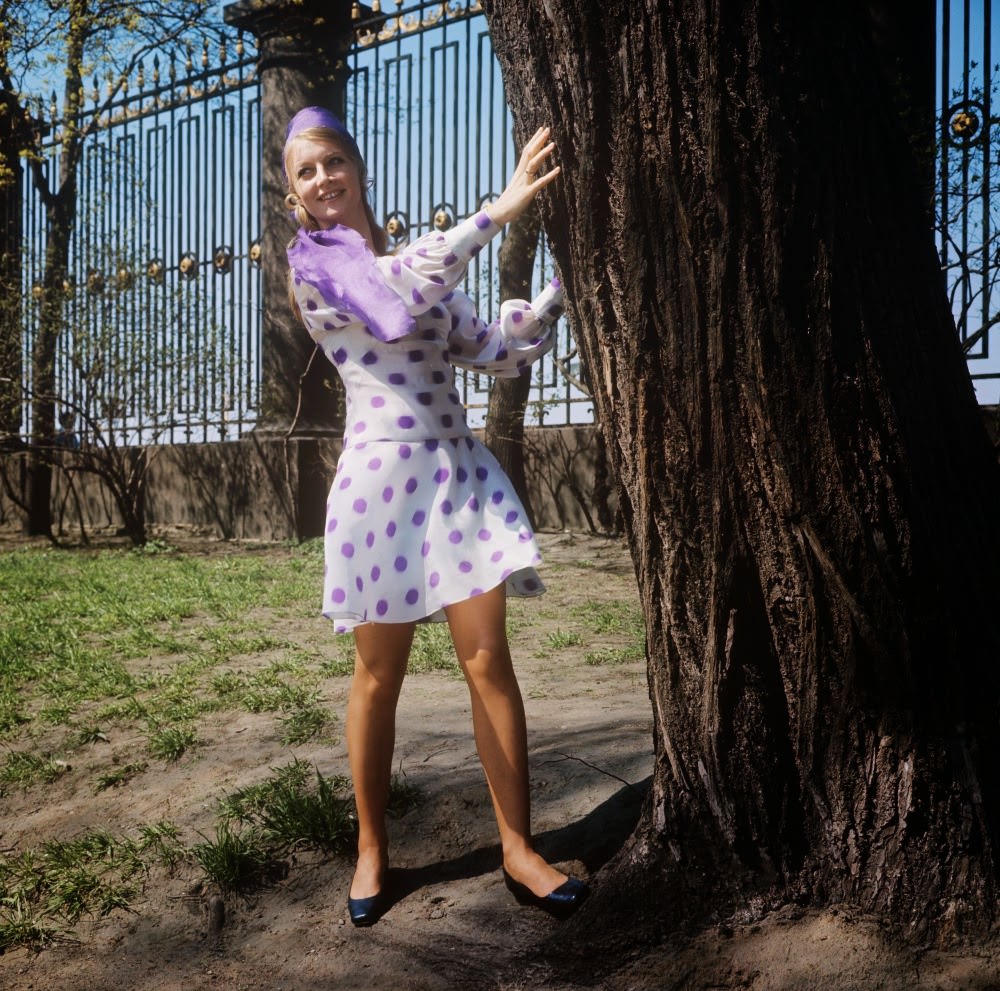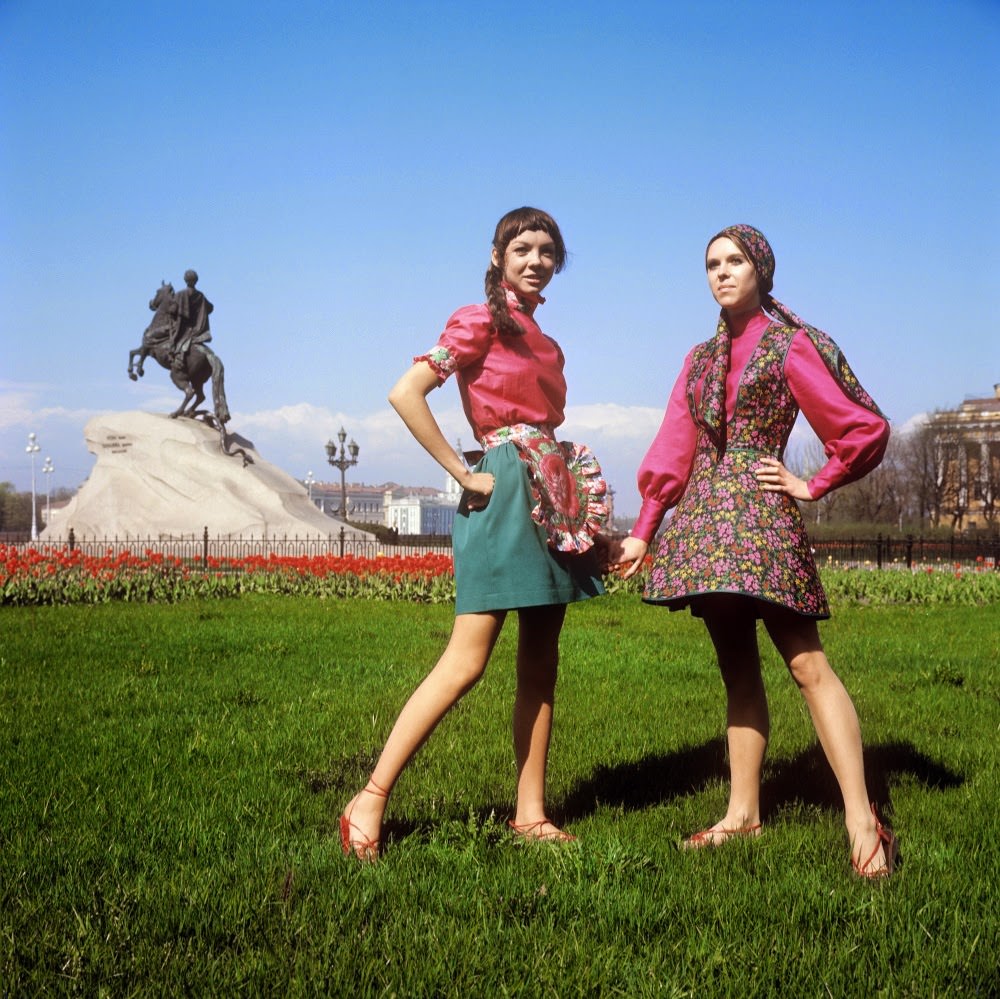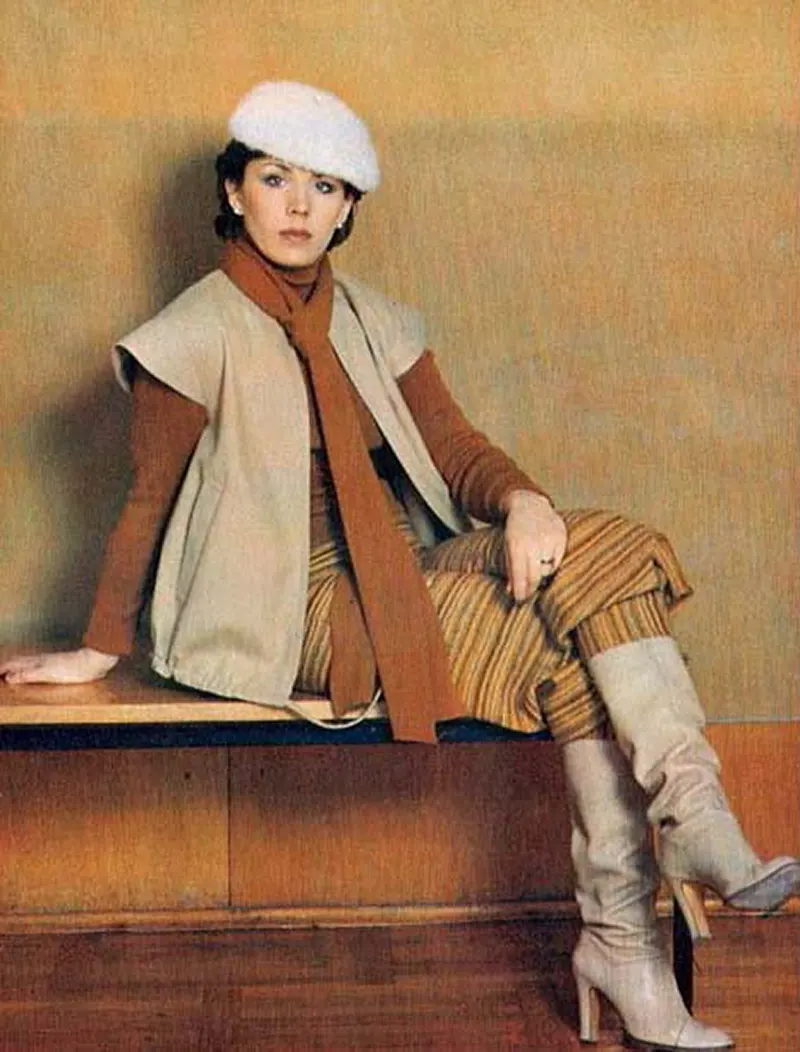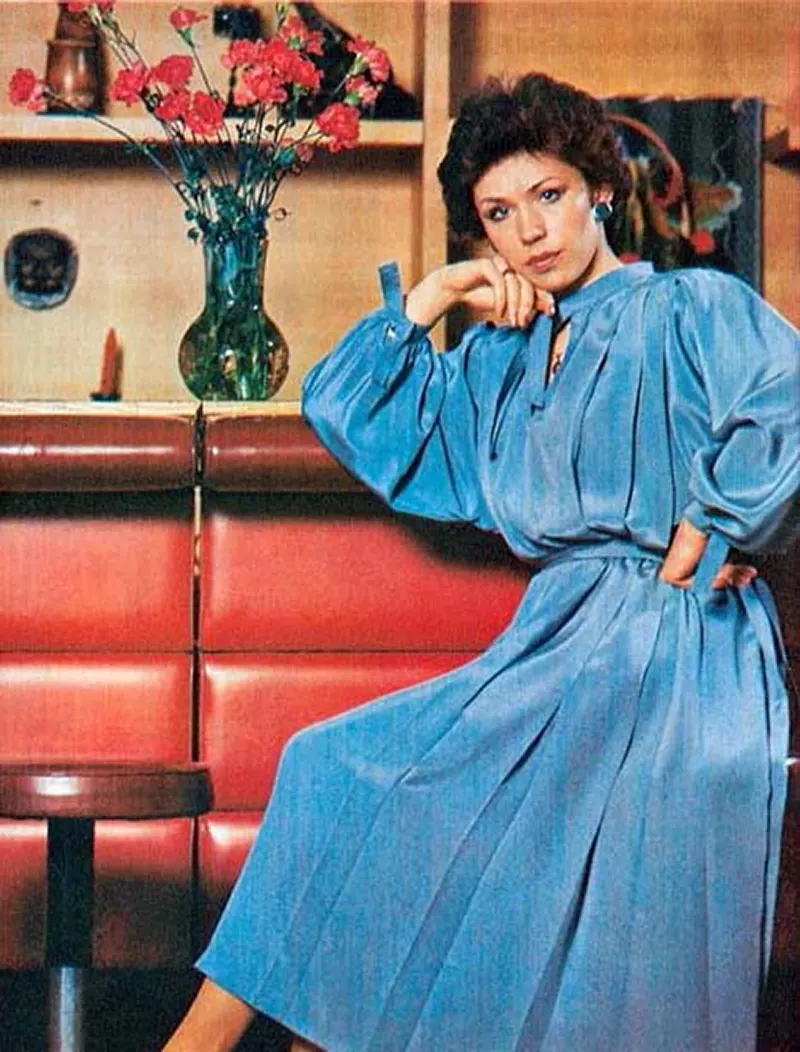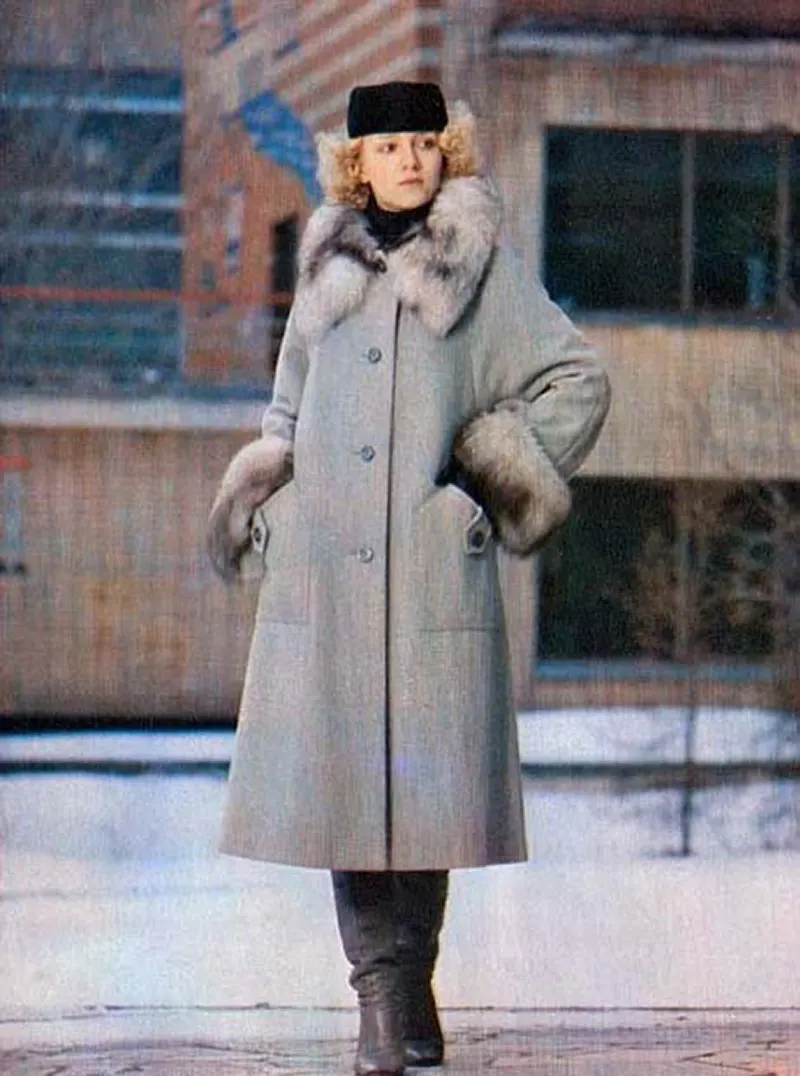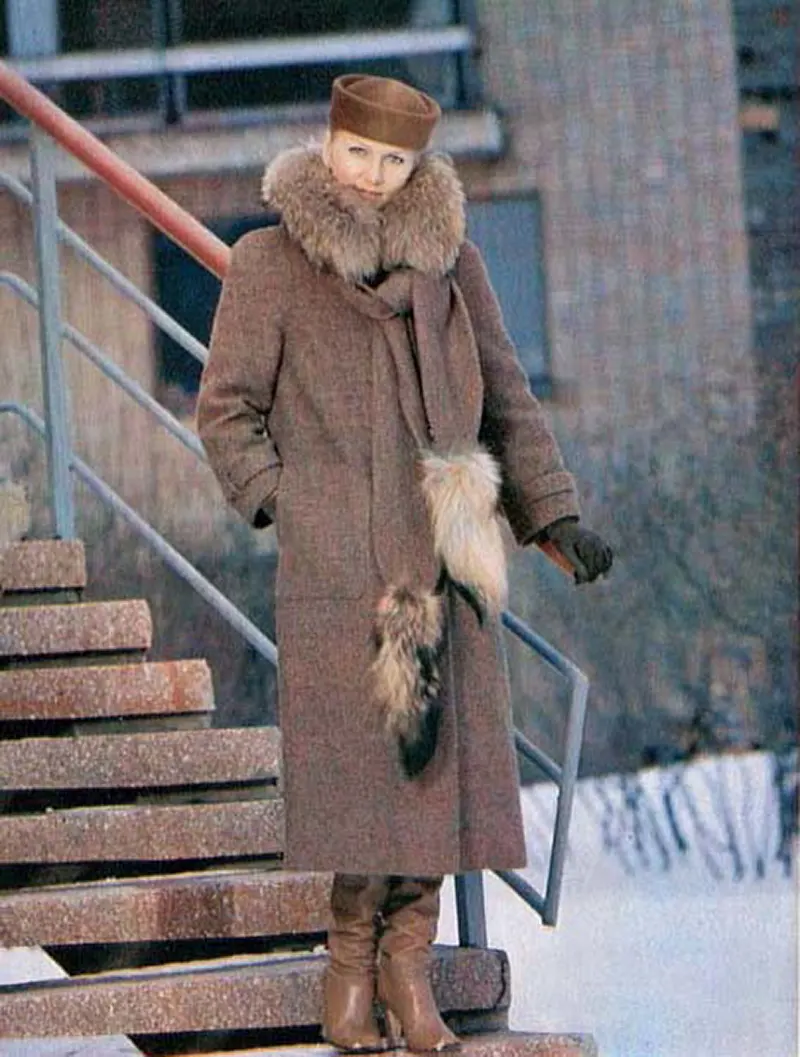During the 1960s and 1970s, women’s fashion in the Soviet Union experienced a significant transformation. This period, deeply influenced by the socio-political environment, witnessed a unique blend of state-influenced style and individual expression. Despite being under a regime that viewed fashion with skepticism, Soviet women managed to create a distinctive and appealing fashion identity.
The Khrushchev Thaw and Fashion’s New Role
The Khrushchev Thaw, a period of political liberalization after the Second World War, marked a shift in the Soviet government’s approach to fashion. Authorities began to recognize fashion as a ‘natural force’ in society, particularly as women’s interest in dressing stylishly grew. Fashion thus became a tool for rebuilding the nation post-war and promoting pro-Party sentiment, aligning with the image of the “New Soviet People.”
Development of Fashion Design and Marketing
From the early 1960s, the USSR developed an extensive system of fashion design and marketing, the largest in the Socialist World. This network included 30 regional fashion houses and over 2802 designers. The state’s new approach to fashion was strategic, focusing on accessible and simplified fashion to manage consumer demand and avoid the public resentment caused by the unavailability of exorbitant fashion styles of the Stalin era.
Moscow Street Fashion and the Rise of Standards
By the early 1960s, the standards of appearance for the middle class had risen considerably. Moscow street fashion began to mirror Western styles, making it nearly indistinguishable from fashion in Western cities. This change reflected the evolving attitudes towards fashion in Soviet society and the desire for modernity and sophistication.
Counterculture Movements and the Stilyagi
Parallel to mainstream fashion, counterculture movements like the stilyagi (style hunters) gained momentum among elite youths. Inspired by Western media portrayals, men and women in this group adopted styles deemed “excessive” by Soviet standards, such as Hawaiian shirts and miniskirts. These fashion choices often led to clashes with Komsomol groups, who viewed such Western influences as threats to Soviet ideology.
By the late 1960s, centralized fashion bureaus like ODMO (All-Union House of Prototypes) began to embrace Western fashion trends. However, there was still a concerted effort to establish distinctively Soviet fashions, like “Space fashion,” which glorified Soviet scientific achievements. This period was marked by a balancing act between adopting Western influences and maintaining a unique Soviet identity in fashion.


